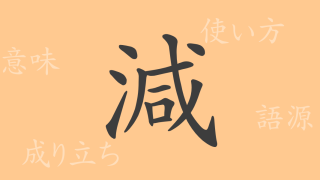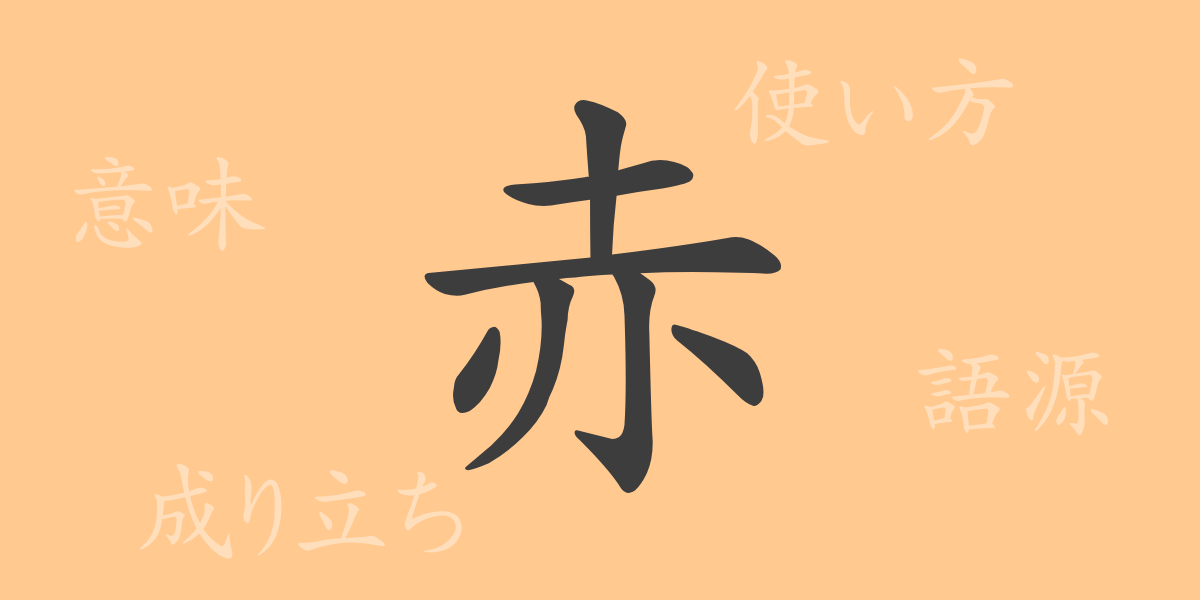In a world rich with color, red stands out as a symbol of passion, strength, and life. In Japanese culture, ‘赤’ (あか) has been cherished since ancient times as a special color used in many expressions and meanings. This article focuses on the vibrant hue of ‘赤’, exploring its origins, usage through modern times, how it is read, and the world of expressions woven with ‘赤’.
Origins of 赤
The origin of ‘赤’ is believed to have derived from natural red elements like ‘あかつち’ (red earth) and ‘あかね’ (madder red). Positioned as a common kanji in Japanese, its roots trace back to ancient China. Named after substances like red soil and rust, ‘赤’ embodies these red-tinted materials.
Meaning and Usage of 赤
Red symbolizes intense emotions such as passion, anger, and joy. It is also used in signs for warnings or prohibitions, with red traffic lights signifying ‘stop’. On the other hand, red is often chosen for its auspicious qualities at celebrations, with red clothing and decorations being favored.
Readings, Stroke Count, and Radical of 赤
The kanji ‘赤’ frequently represents one of the basic colors in Japanese.
- Readings: On’yomi are ‘セキ’ and ‘シャク’, while kun’yomi is ‘あか’.
- Stroke Count: 7 strokes.
- Radical: 赤部 (あかへん).
Idioms and Proverbs Using 赤
There are numerous idioms, proverbs, and phrases that include ‘赤’. For example, ‘赤字’ (あかじ) represents financial loss, while ‘赤の他人’ (あかのたにん) means a complete stranger. The phrase ‘赤子の手をひねるよう’ (あかごのてをひねるよう) indicates something extremely easy. Many of these expressions deeply reflect the connotations of red.
Conclusion on 赤
Red is not merely a color but a profound element embedded in culture and psychology. Particularly in Japan, the hue of ‘赤’ lives through traditions, customs, and language, conveying its allure through various expressions. Understanding the historical meanings of ‘赤’ helps deepen one’s appreciation of Japanese culture and language.

























